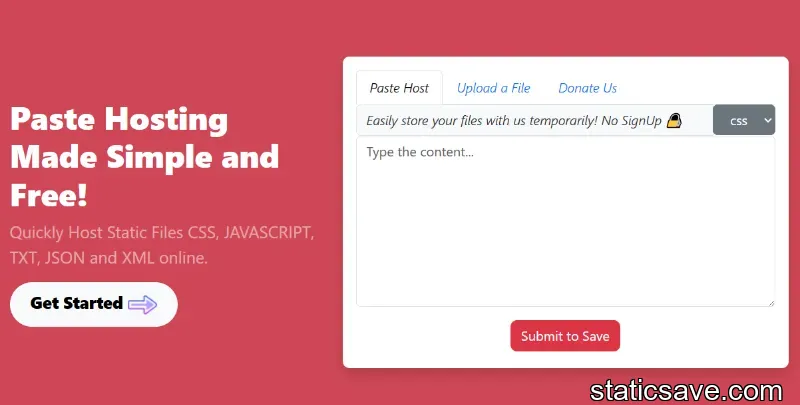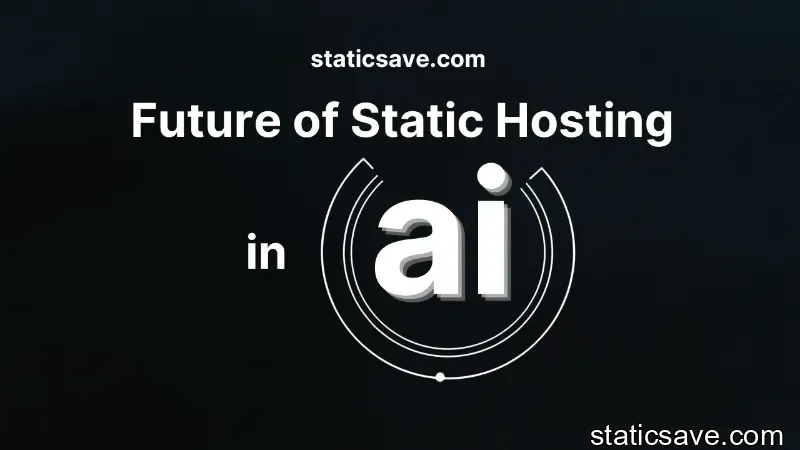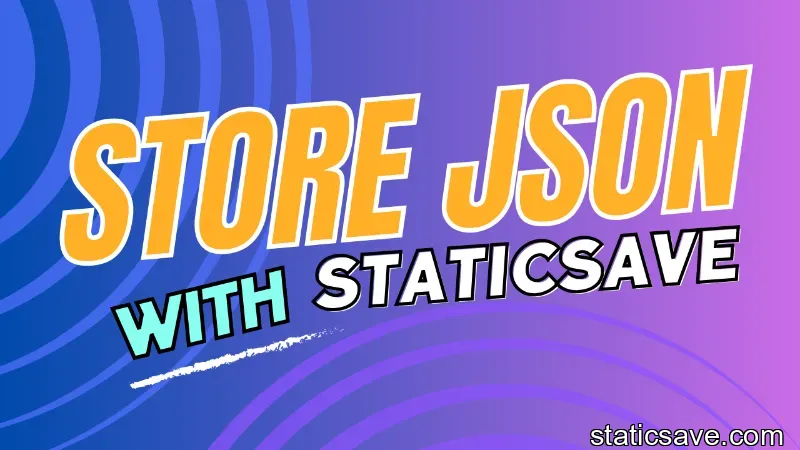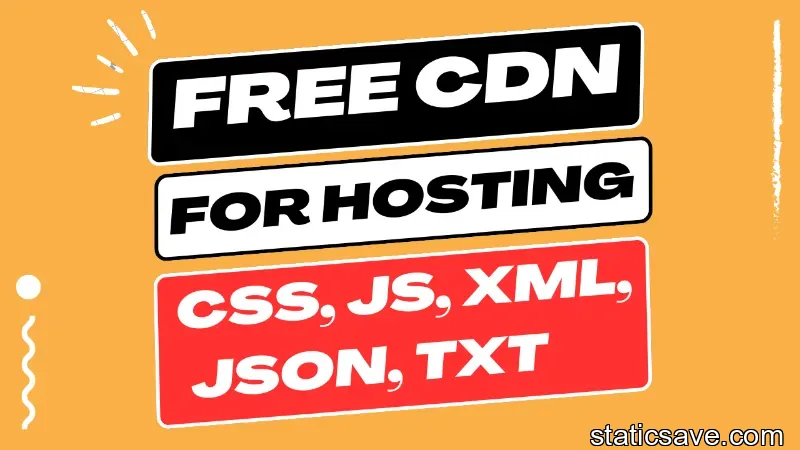Importance of JSON in REST API
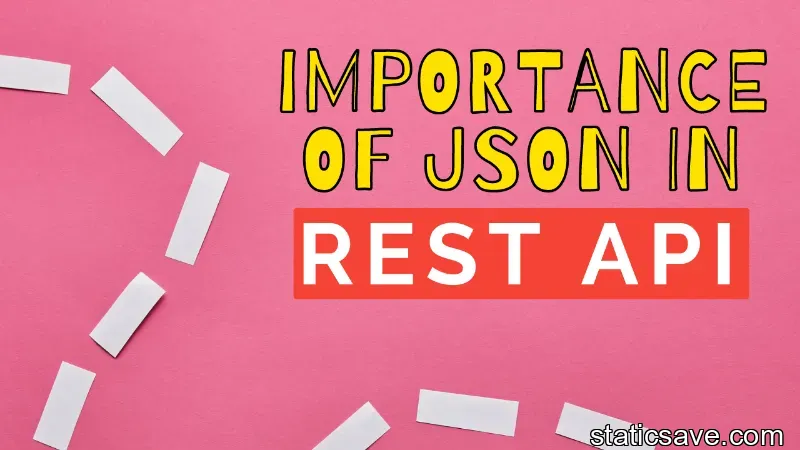
JavaScript Object Notation (JSON) has become an essential tool in the web developer’s toolbox, and is now the de facto standard data format when it comes to making REST API (Representational State Transfer Application Programming Interface) which plays an essential role.
JSON looks like plain text but it can be quickly and easily converted into JavaScript objects that can be understood by machines as well as humans. This makes JSON an ideal format for exchanging data between two computers that may or may not use similar programming languages or be running on different operating systems.
What is REST?
Representational State Transfer (REST) is an architectural style that defines a set of constraints to be used for creating web services. Web services that conform to the REST architectural style, or RESTful web services, provide interoperability between computer systems on the Internet.
RESTful web services allow the requesting systems to access and manipulate textual representations of web resources by using a uniform and predefined set of stateless operations.
These operations can be mapped to CRUD operations: create, read, update and delete. CRUD stands for Create Read Update Delete which are the four basic functions in programming languages like C++.
What is an API?
An API is a set of programming instructions that allow software to interact with other software. In the case of a REST API, this interaction typically happens over HTTP, making it easy for different systems to communicate with each other. It also allows you to use XML or JSON data formats.
A big benefit of using an API is being able to access data from any application - even if they were written by someone else! JSON is one example of a format that can be used when communicating between two machines and it's used by many web-based applications such as Twitter, Facebook and others.
Types of data formats used in REST API
There are many different types of data formats that can be used in a REST API. The most popular are XML and JSON.
XML is often used for data that needs to be highly structured, such as financial data. JSON, on the other hand, is perfect for more unstructured data, such as blog posts or product descriptions. Plus, JSON is much easier to read and write than XML.
For example, it's not uncommon for developers to use JavaScript libraries like jQuery when they're working with an XML document. With JSON, there's no need for any external scripts- you just have to use an editor like Sublime Text!
In addition, JSON files are usually smaller than XML files because they don't require all the extra whitespace characters and syntax that makes reading XML difficult. And finally, remember that this tutorial is about REST APIs- so there's really no question: use JSON!
The Problem with XML
XML was created as a standard way to share data between different systems. However, it has a number of issues that make it difficult to use in modern applications.
- First, XML is very verbose, which makes it difficult to read and write.
- Second, XML doesn't support some of the data types that are commonly used in programming languages (such as objects and arrays).
- Finally, XML requires a lot of custom code to parse and generate, which can lead to errors and security vulnerabilities.
Also Read: What is XML and its Importance in Web Development and SEO?
Benefits of using JSON as a data exchange format
JSON has become the de facto standard for data exchange on the web today. Why? Because it's lightweight, easy to read and write, and because it's supported by nearly every programming language.
If you're building a REST API, chances are you're going to want to use JSON. It's a universal format that can be easily understood by developers of any skill level, so no matter what languages they speak or what libraries they use, JSON will work with them.
It also provides numerous benefits over other formats such as XML:
- It takes up less space than XML files (which makes it faster),
- its syntax is much more flexible than XML (which means that developers have more control over their data),
- and most importantly: It's much easier to work with than XML!
Is JSON more efficient than XML?
Though XML is also a popular format for data transfer, JSON is more efficient because it takes up less space. This is important because data transfer can take a long time, especially if the data sets are large.
JSON also allows for easier parsing of data, which means that you can access the information you need more quickly. It’s possible to parse through JSON code in just one line and get what you need without going through each individual field.
For example, with an XML file, you would have to read through the entire file before being able to find the data of interest.
Read: JSON Data Format for Data Storage
Is JSON essential for REST API?
Absolutely! In fact, JSON (JavaScript Object Notation) is so important that it’s become a sort of lingua franca for APIs.
Let’s take a look at why JSON is so important for REST API.
First off, JSON documents are much smaller than XML documents because they're simpler and they don't use extra markup to identify their data structures.
Secondly, unlike XML and other formats, JSON is less verbose because it omits syntactic details like end tags and escape characters.
And finally, most web browsers can parse and display the content of a document in the form of human-readable text as well as display the content in its raw form.
Conclusion
In conclusion, JSON is an essential part of any REST API. It allows for easy data interchange between the client and server, making it a crucial part of any web application. By understanding how to work with JSON, you can make your REST API more flexible and powerful.
